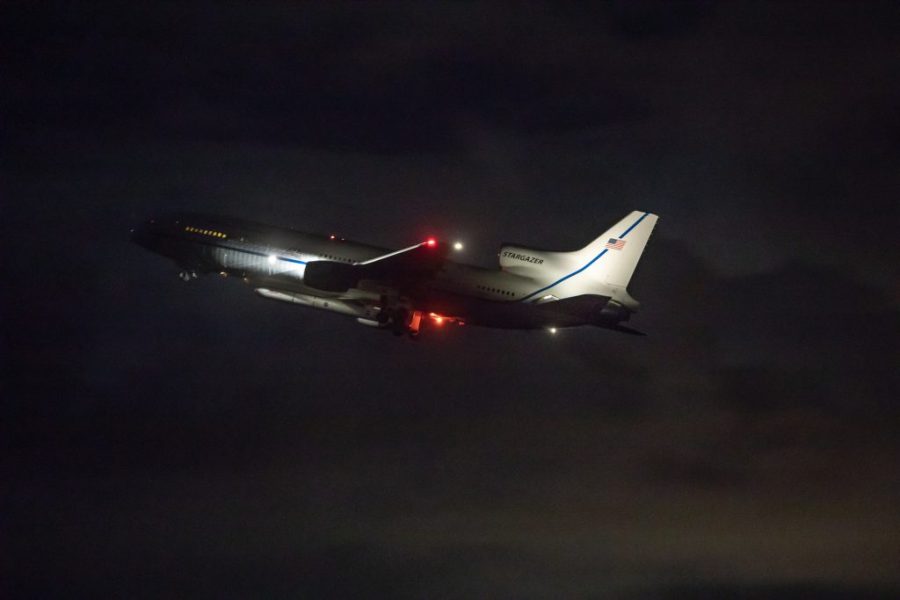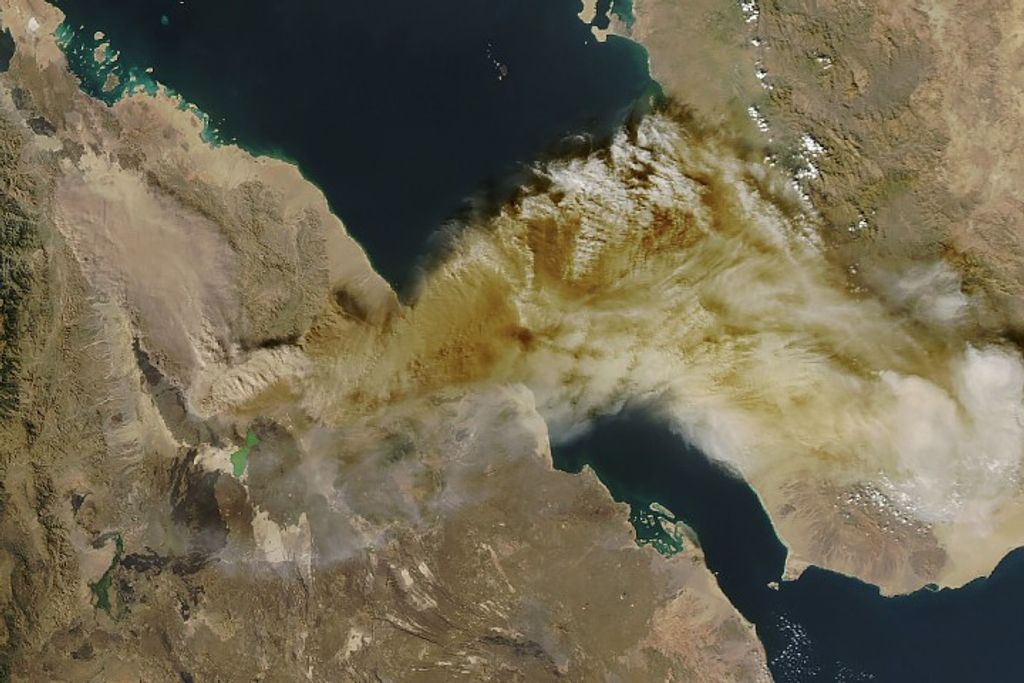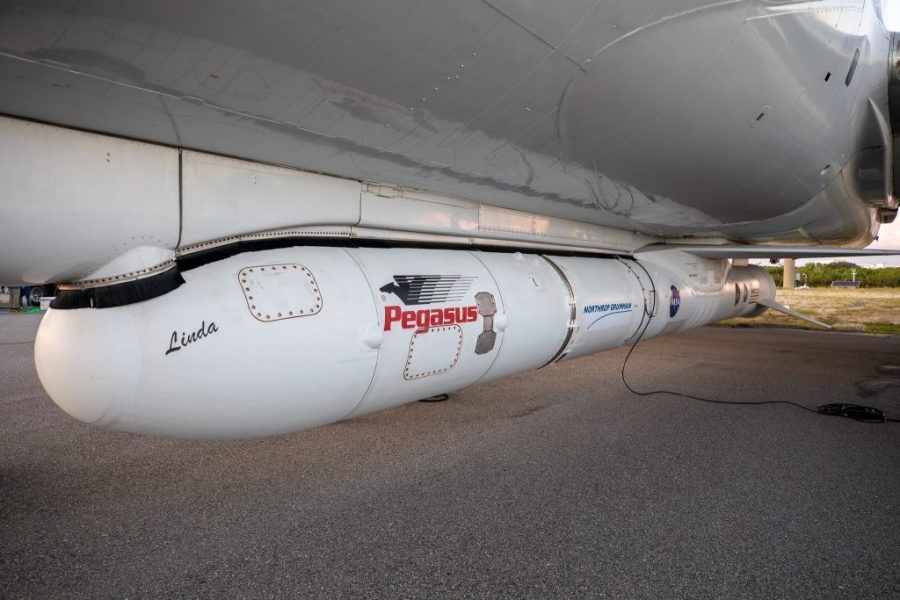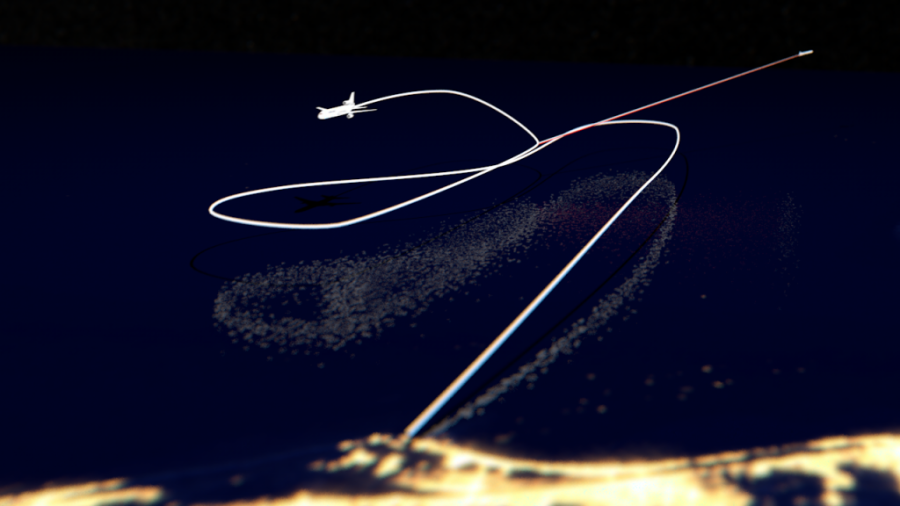A Northrop Grumman Pegasus XL rocket launched NASA's Ionospheric Connection Explorer, or ICON, satellite at 9:59 p.m. EDT on Oct. 10 from Cape Canaveral Air Force Station (CCAFS) to study the dynamic zone in our atmosphere where terrestrial weather from below meets space weather from above. The satellite was attached to the Pegasus XL rocket, …
ICON Begins Study of Earth’s Ionosphere






























